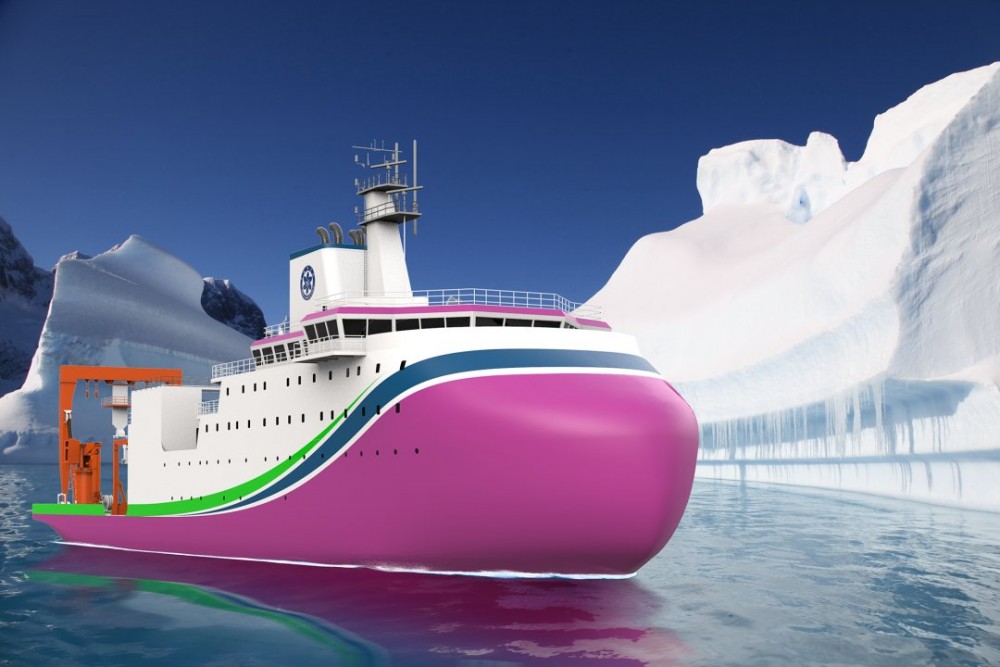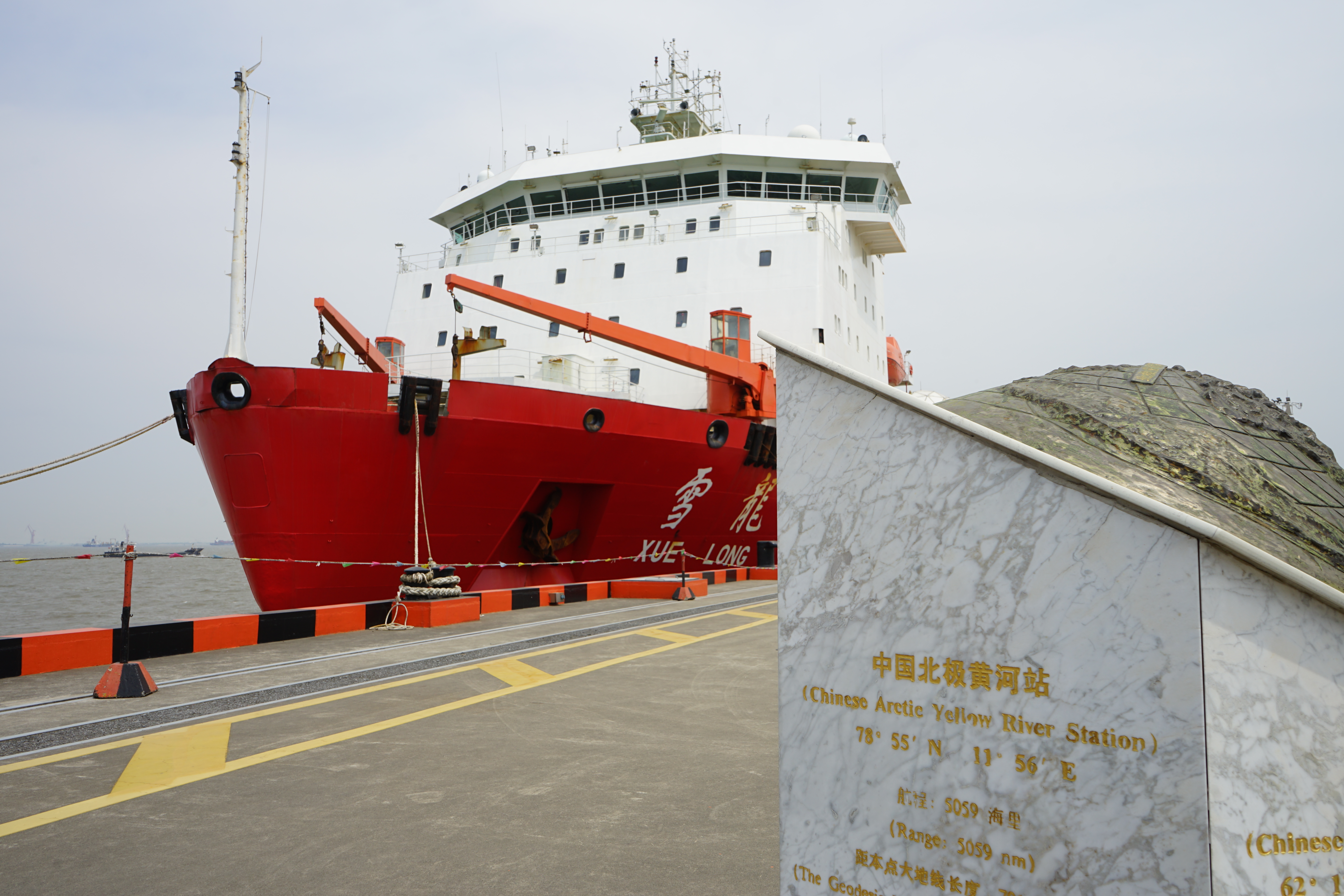Third Chinese polar icebreaker will carry deep-sea submersibles
The icebreaking multifunctional research ship is expected to be delivered in 2025 and will sail both Arctic and Antarctica

It features a bow that reminds of Russia’s new giant Leader-class super-icebreakers. But unlike the Russian vessel, China’s new icebreaker will not be nuclear-powered.
Construction started at Guangzhou Shipyard last Sunday and the 103 meters long ship with a displacement of about 9,200 tonnes is expected to be delivered in 2025, according to South China Morning Post.
Tang Gulashan, director of marine operations with the Chinese Academy of Sciences’ Institute of Deep-Sea Science and Engineering says the new icebreaker will have both crewed and uncrewed deep-sea mini-submarines aimed for seafloor operations both in Arctic and Antarctic waters.
At the North Pole, the depth is about 4,000 meters.
“Apart from Russia, no other country has sent people down to the polar seafloor in submersibles,” Tang said to the newspaper.
In August 2007, Russian polar explorer Artur Chilingarov accompanied five other explorers onboard two Mir submersibles diving down and planted a Russian flag on the seabed below the North Pole.
Polar Research Institute of China today operates two large icebreakers out of Shanghai, the “Xue Long” and “Xue Long 2”.

Located in Kirkenes, Norway, just a few kilometres from the borders to Russia and Finland, the Barents Observer is dedicated to cross-border journalism in Scandinavia, Russia and the wider Arctic.
As a non-profit stock company that is fully owned by its reporters, its editorial decisions are free of regional, national or private-sector influence. It has been a partner to ABJ and its predecessors since 2016.
You can read the original here.